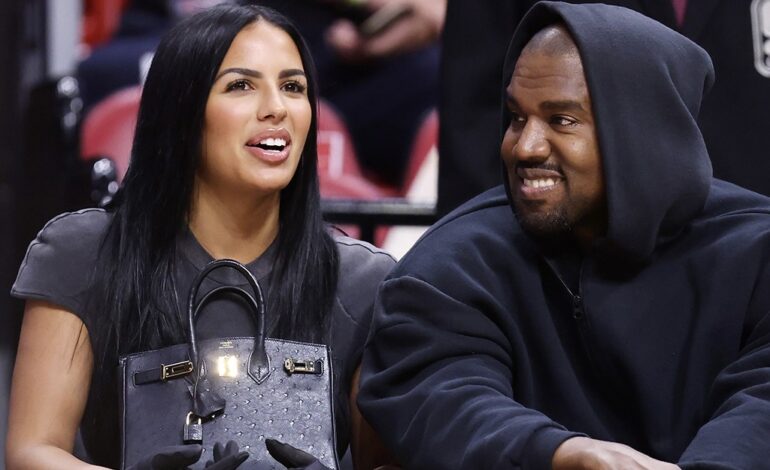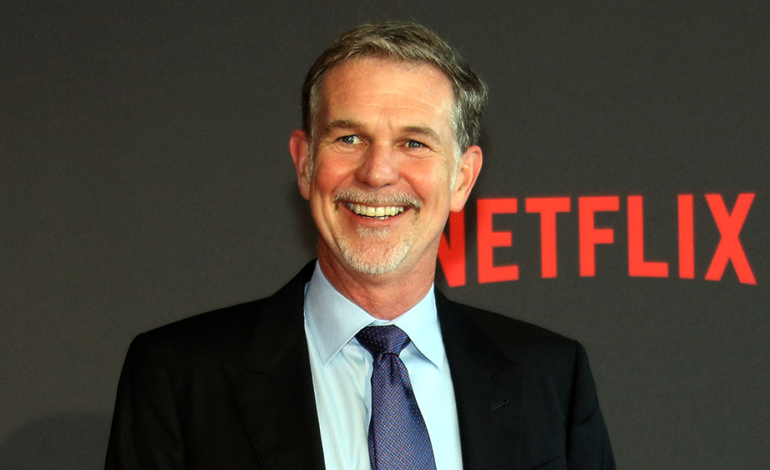
Faith Nyasuguta
Belgian King Philippe and his wife Queen Mathilde have landed in the Democratic Republic of Congo (DRC) Kinshasa in a visit laden with historical significance, but also meant to right some tensions in the ties between the two nations.
The royal couple was welcomed at the Ndjili International Airport by President Félix Tshisekedi and First Lady Denise Nyakeru, among several other top officials in the Central African country.
After a string of postponements, the trip finally matured. According to the office of the presidency in Kinshasa, the visit is on the invitation of the Congolese president.
King Philippe’s trip to the DRC is viewed as historic. Philippe, who has been ruling Belgium since 2013, has never visited Congo, Belgium’s former colony, and perhaps the most significant territory the European country controlled in Africa.
Philippe was born in April 1960, just two months before Belgium granted independence to the DRC, which was named Belgian Congo at the time.

DARK COLONIAL PAST
The era of colonialism by the Belgians has been documented with brutality, including mass killings and massive plunder of the country’s resources, as well as cultural artefacts.
In June 1960 after 52 years of rule Belgium granted independence to its Congolese colony. “It is your job, gentlemen, to show that we were right in trusting you,” proclaimed King Baudouin, sealing Belgium’s parting grace with condescension.
One of history’s most brutal rulers, the 19th century Belgian King Leopold II, successfully transformed the entire Congo – a landmass that would stretch from the Baltic to the Black Sea into his private domain. From 1885 to 1908, loot flowed endlessly from the dark interior of the jungle, up the river Congo and into colonial Belgium.
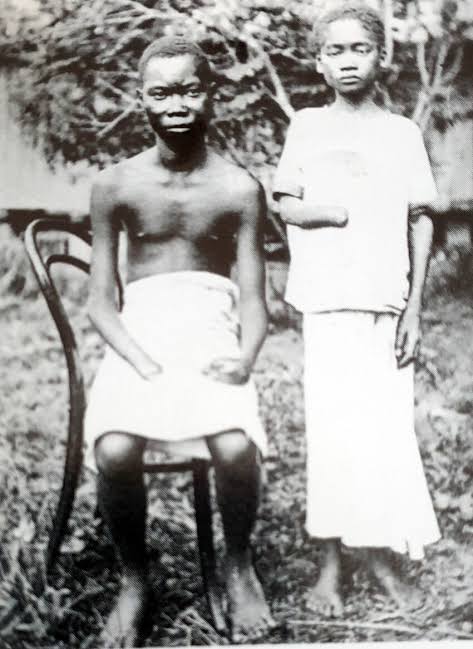
Leopold II has been described as worse than Adolf Hitler for his genocide against the people of the Congo Free State (now the Democratic Republic of Congo) who he considered as his personal property including their lands and minerals.
An undetermined number of Congolese, ranging in the millions,(estimates show it’s between 10 million to 15 million Africans) were killed in the hands of Leopold’s private colonial militia of 90,000 men called Force Publique, which he used to run the region that is the size of Western Europe and 76 times larger than Belgium.
During his reign of terror in Congo, some Congolese natives were captured and kept as human zoos.
Some commentators, and even Congolese politicians, have in the past demanded a formal apology. Other colonial masters like the UK have in the last decade tried to express ‘regret’ for brutality committed on Kenya’s freedom fighters Mau Mau, for instance, including a compensation package. It has, however, not yielded much fruit.
Germans have also offered a series of social rebuilding programmes in Namibia for ill acts committed on the local Herero people.
DEEPEST REGRETS
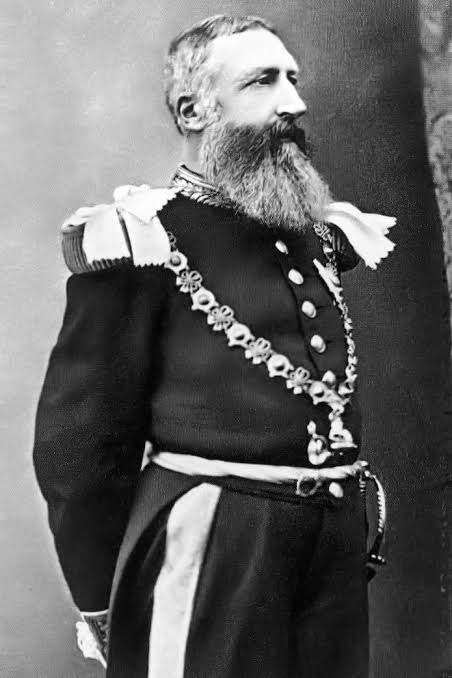
Despite the dark colonial past, however, the Belgian monarch travelled to Kinshasa to try and usher in a new era of relations between his country and the DRC, acknowledging for the first time in history the “wounds” that his country inflicted on the Congo under colonisation.
In June 2020, the Belgian king had written to Félix Tshisekedi: “I would like to express my deepest regrets for these wounds of the past, the pain of which is today revived by the discrimination still present in our societies.”
On the occasion of his visit to the DRC, the Belgian monarch is expected to address the issue of repairing the “wounds of the past”. His official programme includes a speech at the ‘People’s Palace’, seat of the Parliament, on Wednesday.
On Friday, King Philippe will deliver another speech at the University of Lubumbashi, in the south of the DRC, before Congolese officials and students.
The monarch will wrap up his stay in the DRC by visiting the Institute of Tropical Agriculture, and the Panzi General Hospital where Nobel Peace Prize winner Dr Denis Mukwege treats women, mainly victims of sexual abuse, in Bukavu, South-Kivu (eastern DRC).
Deputy Prime Minister and Minister for Foreign Affairs Christophe Lutundula said that Belgium has already provided 250 million euros ($267.8 million) to support the DR Congo in various sectors from next year to 2027.
“This amount will be used for health, agriculture, rural development, support to institutions, infrastructure, empowerment of women, energy production, among others,” Lutundula said on Tuesday ahead of the trip.
Christophe Lutundula
RETURN OF ARTWORKS
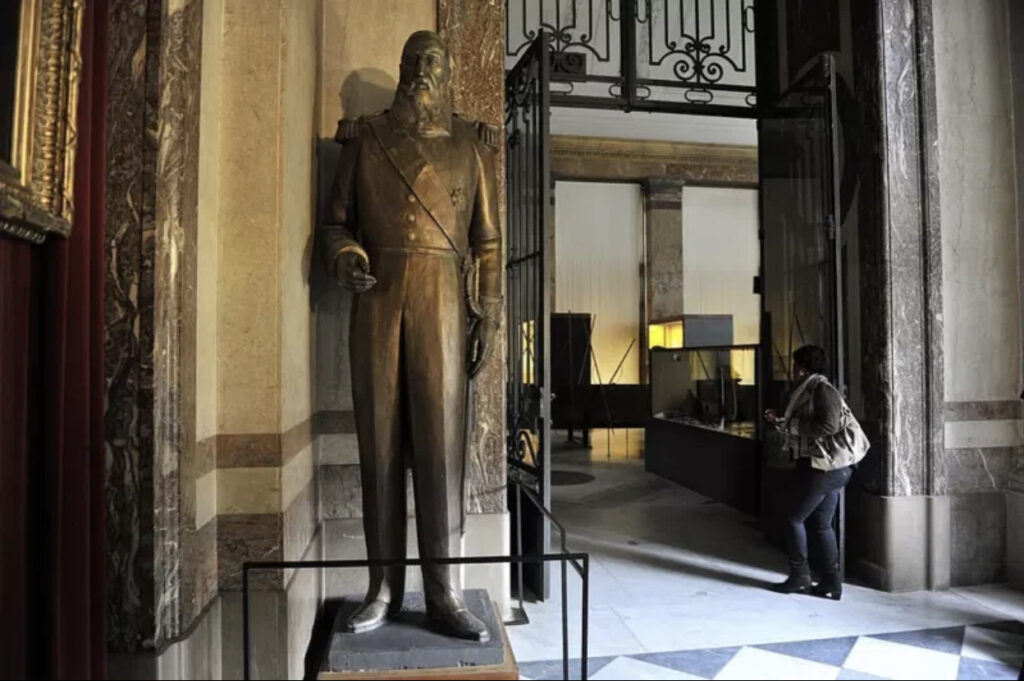
King Philippe will initiate the return of artefacts looted during the rule of his ancestor – King Leopold II – when millions died and the country was plundered.
The ruler is expected to hand over the first of more than 80,000 artefacts looted during the colonial period.
Archive pictures from Congo Free State document violence and brutality during King Leopold II’s regime:
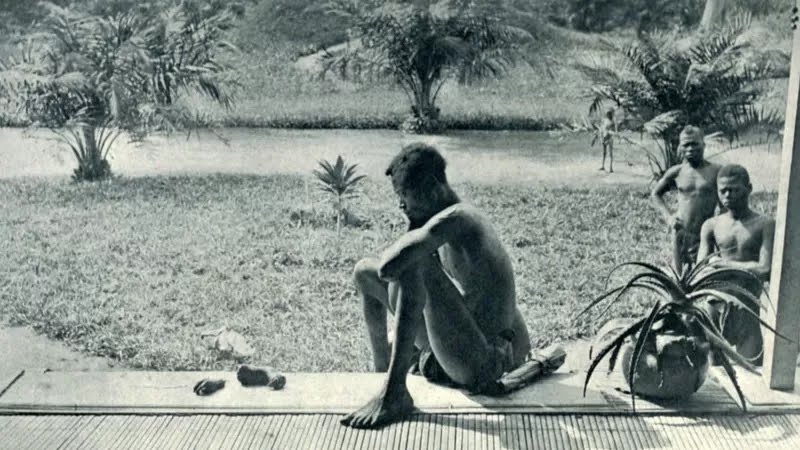
Here, man sits on a low platform looking at a dismembered small foot and small hand. They belonged to his five-year-old daughter, who was later killed when her village did not produce sufficient rubber. She was not unique – chopping off the limbs of enslaved Congolese was a routine form of retribution when Leopold II’s quotas were not met.
Colonial administrators also kidnapped orphaned children from communities and transported them to “child colonies” to work or train as soldiers. Estimates suggest more than 50% died there.

Here, he built the Africa Museum in the grounds of his palace at Tervuren, with a “human zoo” in the grounds featuring 267 Congolese people as exhibits.


